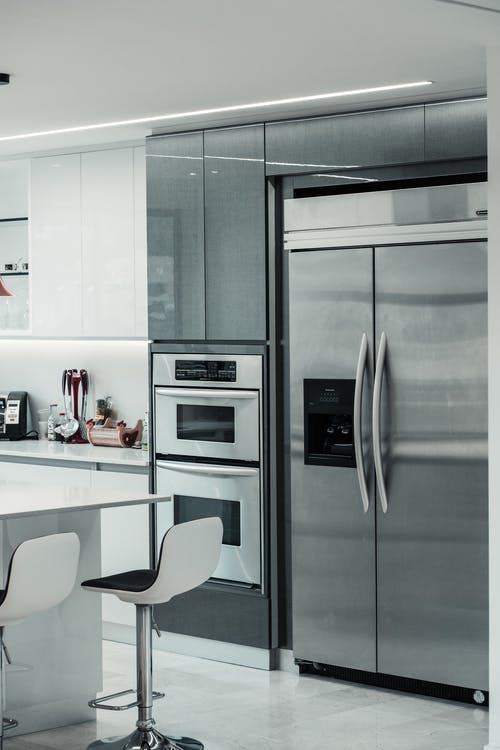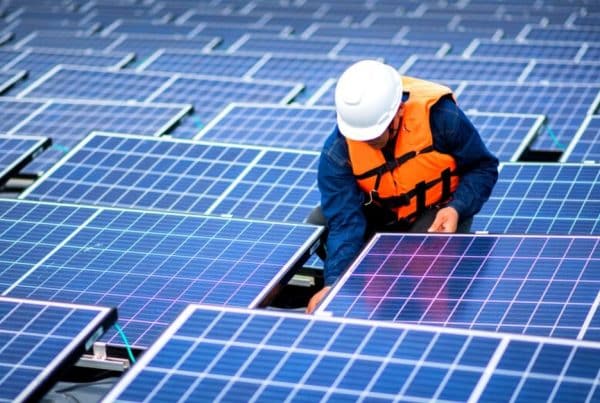The U.S. is expected to have 63 million connected homes by 2022, with statistics indicating that around 86% of millennials would pay more for a connected home. There are numerous reasons for the projected growth of the smart home industry—including energy savings (smart HVAC systems can save homeowners around 50% on energy), enhanced safety, and greater comfort. If you wish to avail yourself of the wonder of ubiquitous connectivity and take your home to higher ground, take note of the following smart home trends.
Smart Pools
Pools, like basements, and decks, may not be the first home improvement areas that may spring to mind but these areas, when renovated, can bring significant home value increases as well as immediate enjoyment for home dwellers. We’re not talking budget, above-ground-type pools and standard quality decks but rather, well-maintained installations that will stand the test of time while also containing “smart” features that appeal to younger generations of homebuyers. Current smart pools have self-lighting, -heating, and -cleaning features, all of which can be operated with a click or two on your smartphone. In addition to saving you the time required to clean and maintain your pool, smart pool tech will also enable you to save on electricity by programming aspects such as heating and lighting in accordance with your needs. As a whole, these features can increase the value of your home, since savvy buyers are looking for integrated home solutions that incorporate the latest in home automation technology.
Smart Home Security
Home security is evolving year after year, with top new systems comprising security cameras, video doorbells, a smart thermostat, glass break sensors, flood sensors, CO detectors, automatic garage openers, and more. Top security cameras possess facial recognition options that enable homeowners to create a database of people who usually visit one’s home. Should an unfamiliar face show up at the door, homeowners are alerted to their presence.
Measuring and Purifying Air Quality
The Environmental Protection Agency has warned that the air quality in many American homes is two to five times worse than the air outside. Pollution from pressed wood furniture, CO, flame retardants, and volatile organic compounds, can all compromise the health of humans and their pets. One technology that caused quite a stir at this year’s CES Las Vegas event was that of sensors by Bosch that can detect the levels of “exhaled air” by measuring air quality and relative humidity. Another company, Coway, has launched a connected air purifier that measures air quality while filtering impurities from the air. A third company, Airthings, has a sensor called WavePlus that measures the humidity, temperature, and CO2 levels, helping to identify the likelihood of viruses being transmitted from person to person.
Intelligent Refrigerators
Imagine a refrigerator that keeps track of what it has inside, takes photos of its interior so you can check them out from your smartphone while you’re at the office, or self-regulates the amount of energy it uses. Brands like Samsung and LG are turning fridges into veritable sources of entertainment, with just a few functions including the display of grocery lists and recipes on a touchscreen, automatic ordering of items in low stock, and features like LG’s InstaView® Door-in-Door®, which allows you to see what’s inside your fridge without opening the door. Simply knock twice to see its interiors so you can quickly access your favorite items.
Connected Washers and Dryers
Being able to do your laundry or drying while you are on the opposite side of the globe sounds pretty cool, especially if you want to come home to fragrant, dry sheets and clothing. Internet-connected washers and dryers not only enable you to complete this chore from the convenience of your smartphone but also enable you to monitor the amount of energy being used at different times of the day or by different cycles,
Smart HVAC Systems
The key to smart HVAC systems is connection, which enables owners to make energy savings and detect problems early. Thermostats can change the temperature of home interiors based on information obtained from motion sensors, the cloud, online weather services, and the like. This can lead the system to identify how much energy it will actually need. Humidifiers can also obtain online information to adjust whole-house humidity levels. Finally, individual components of one’s HVAC system can be fitted with sensor technology that sends owners notices regarding possible breakages, leaks, and other problems. This enables owners to take action quickly and fix small breakages before they become major ones. Sensors can also send owners reminders of routine maintenance needs (including professional inspections and filter changes).
Home automation is on the rise in the U.S., with homeowners keen to make significant savings on energy and repairs. Top trends to watch out for include smart HVAC systems, connected appliances, and über-smart fridges. Air quality, home safety, and smart pools will also be popular technologies fitted in high-end homes.








One Comment